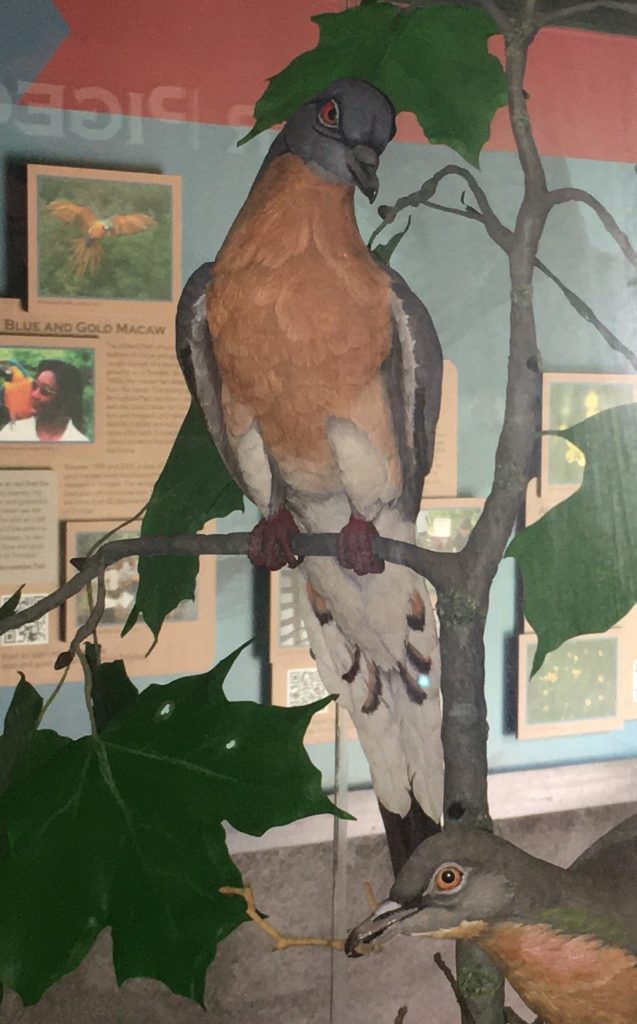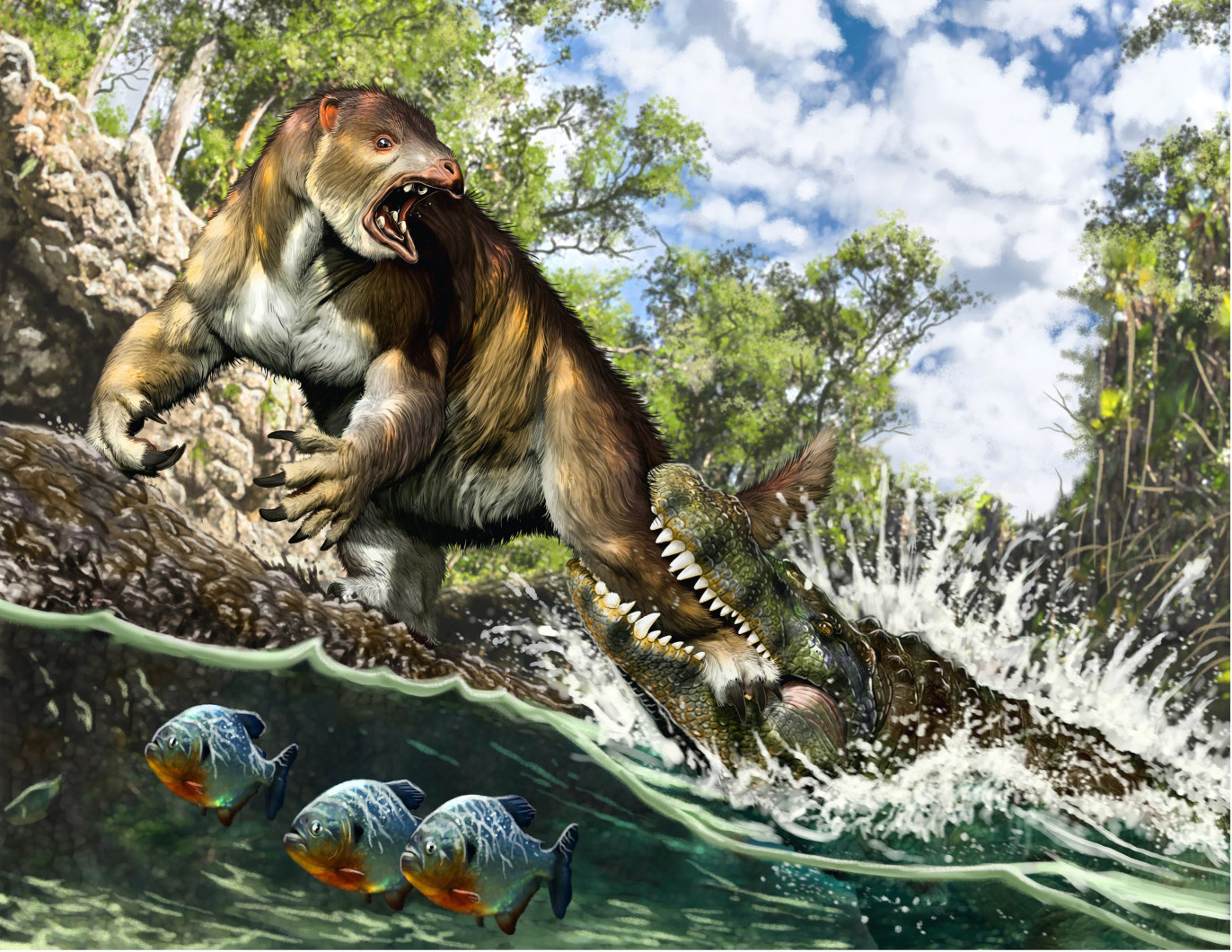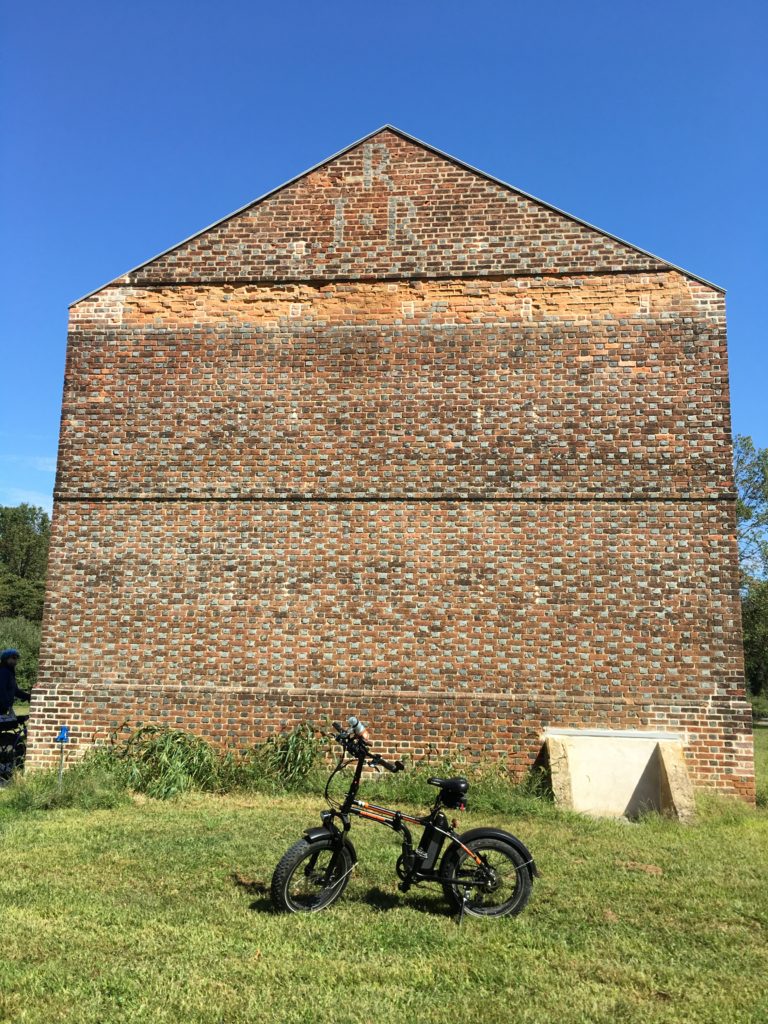
The Rogers House is a fine example of 18th century pattern brick architecture that unfortunately was neglected long enough that by the time funding was acquired, the only option was to preserve it as a stabilized ruin. Mercer County acquired the house in 1970; the preservation project was not completed until 2019. Still, a stabilized ruin is better than a collapsed house.
“Pattern brick” means that letters and numbers are built into the walls using glazed brick ends inset among unglazed brick stretchers. On one end is “1751” commemorating when the house was built (although there has been debate about whether the third digit is a “5” or “6”). On the opposite side are the letters “J + R R” for John and Rachel Rogers, the original homeowners. The rest of the walls are built a Flemish bond with alternating brick headers and stretchers.
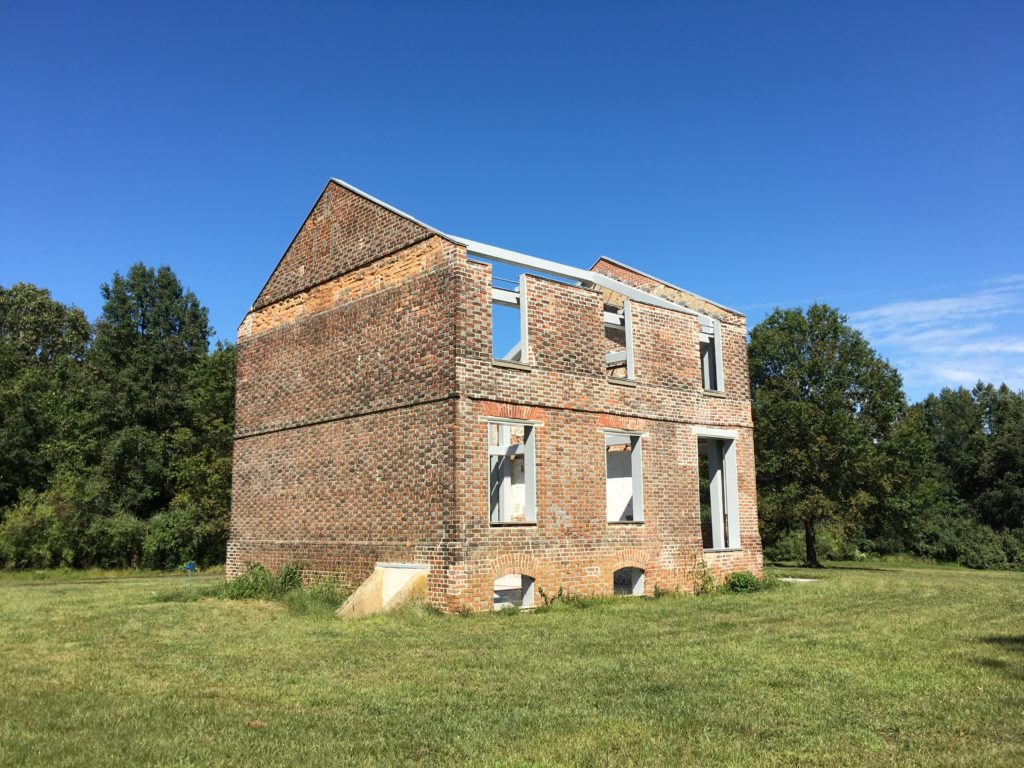
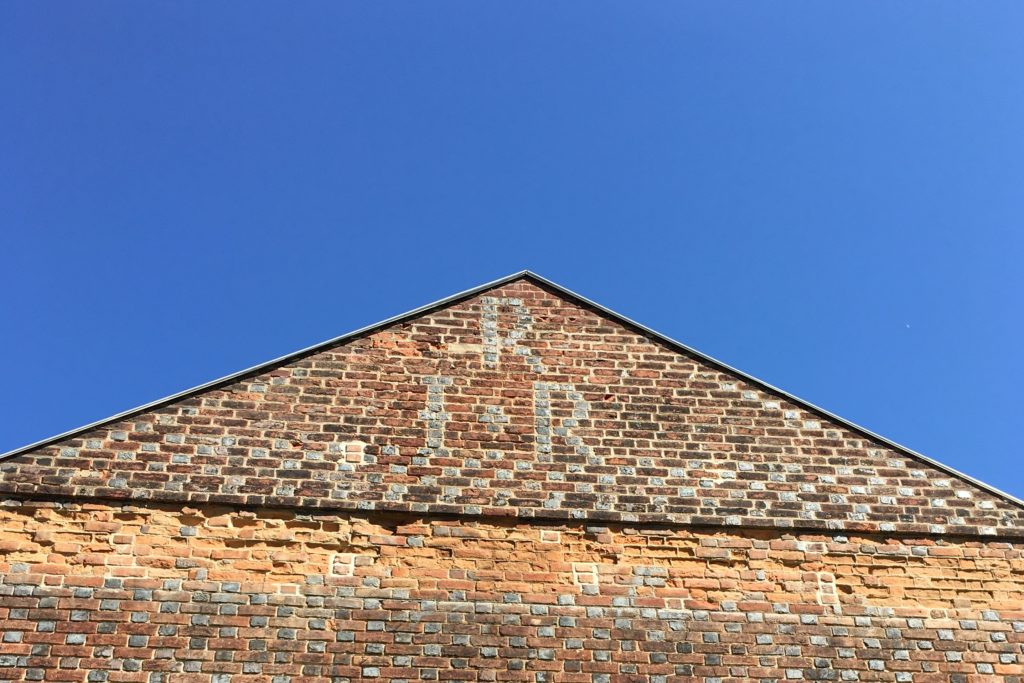







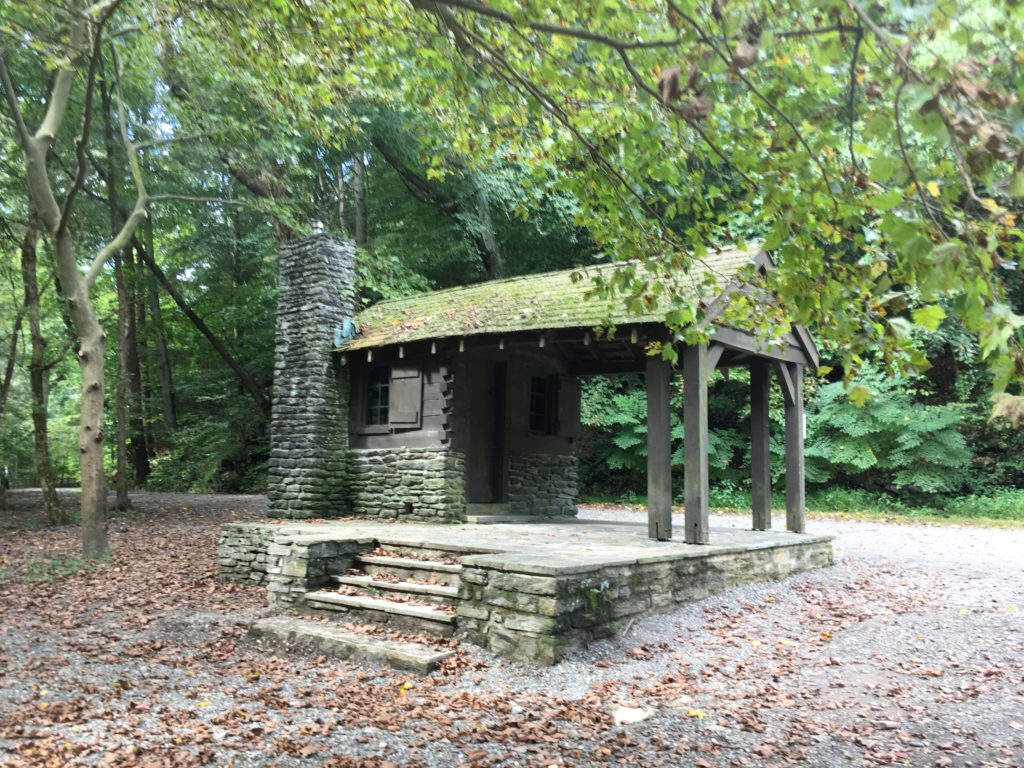

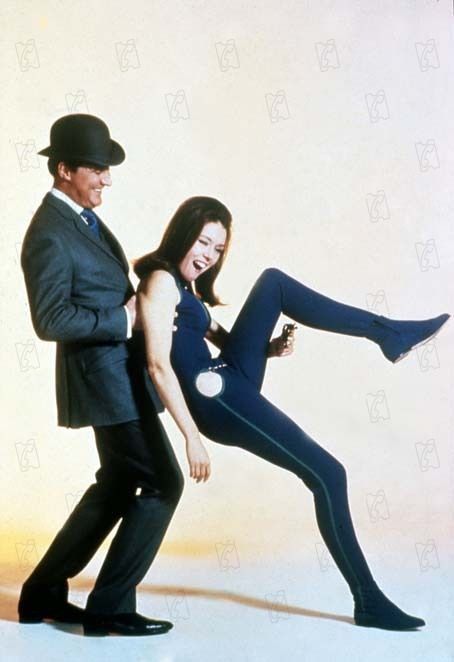

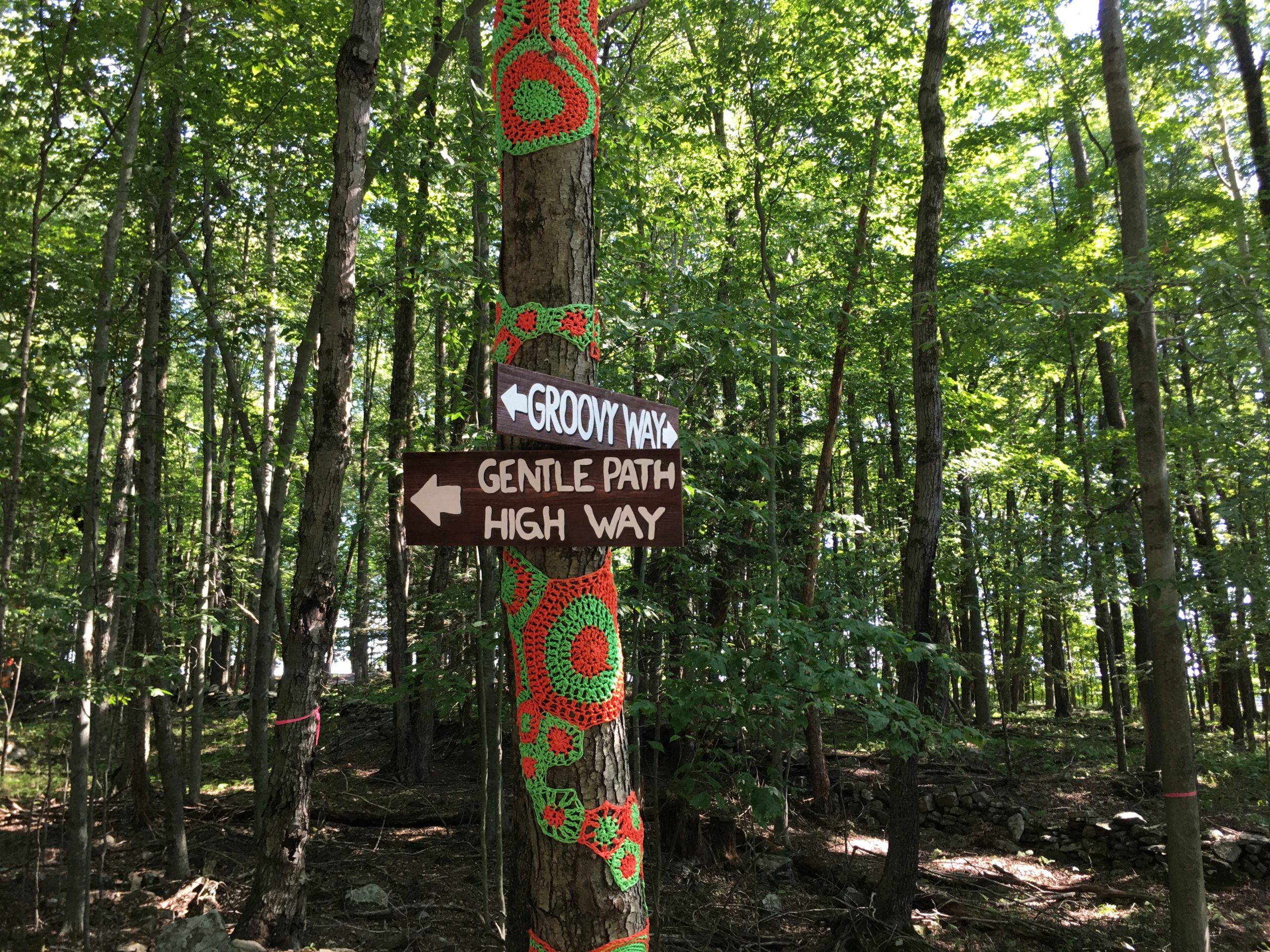
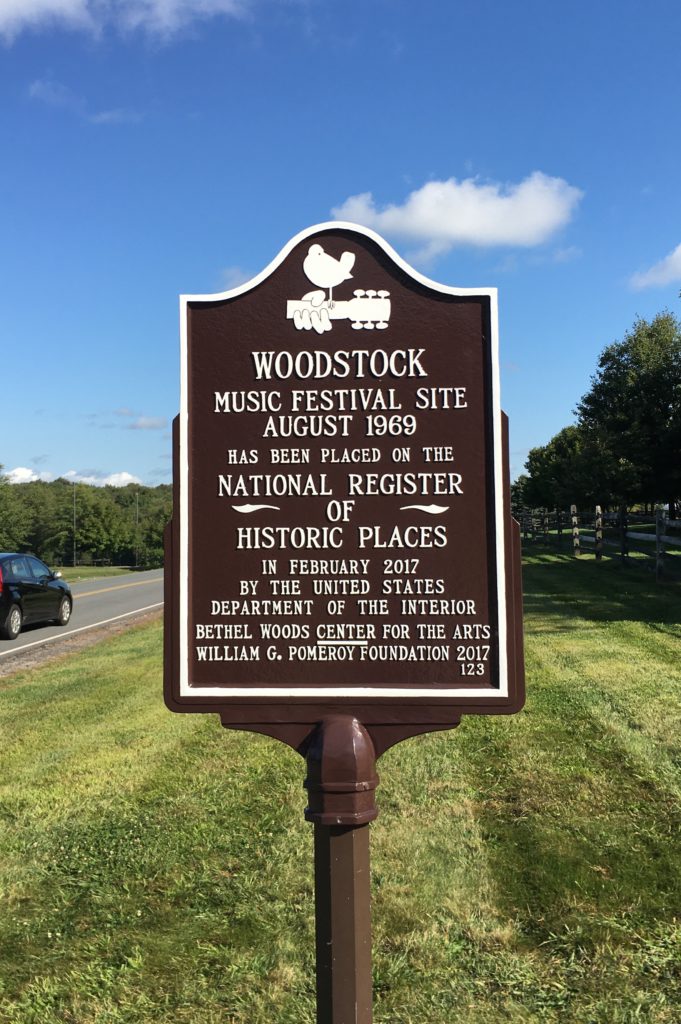




.jpg)
